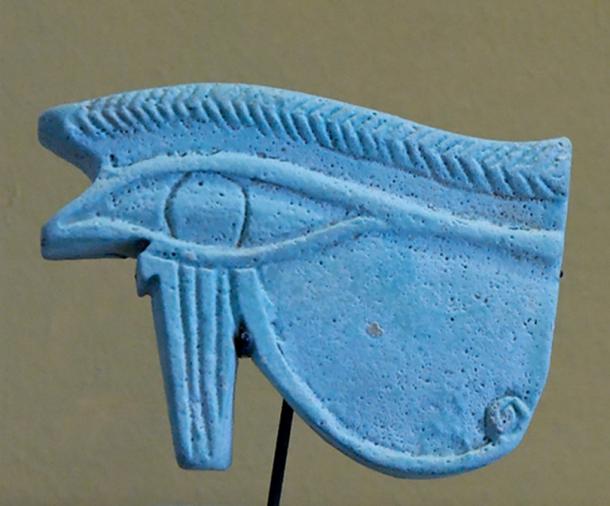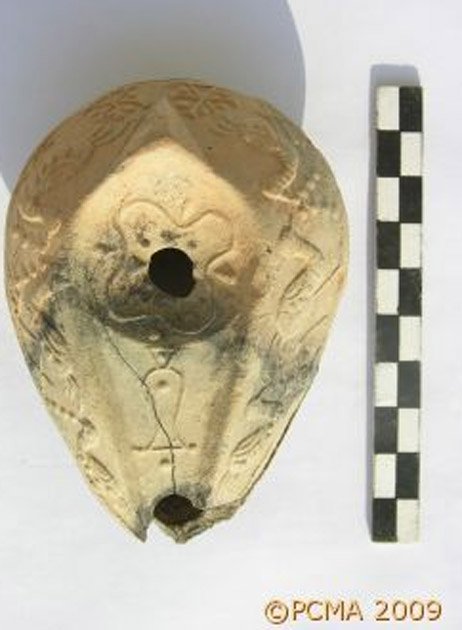2,400-Year-Old Goddess Statues Found Dumped in Ancient City on Lebanon’s Coast
Polish archaeologists studying the ancient city of Porphyreon in Lebanon have pieced together the broken parts of ceramic heads to remake what they think are statues of goddesses. One of the 2,400-year-old statues is about 24 cm (9 inches) tall and 15 cm (6 inches) wide.
While the broken pieces of the statues date from a time of Persian control, the women depicted are wearing a stephane or a type of ancient Greek headdress, says Mariusz Gwiazda of the Polish Center of Mediterranean Archaeology in a story about the news .
He said he believes all four of the statues depict deities, but he can’t prove this because they don’t bear inscriptions, he . Two of the statues are nearly whole but the two others are quite incomplete. In all, the team found a dozen pieces of the statues.
Dumped Deities
The archaeologists found the ceramic shards in 2013 in what they believe was an ancient waste dump that had other pottery pieces, burnt animal bones and remnants of chickpeas, grapes and olives. Porphyreon is on the Mediterranean Sea in modern Jiyeh, 25 km (15.5 miles) south of Beirut.

The two ceramic heads that survived most-intact have red paint on their faces. Both had similar dimensions of 9 inches by 6 inches. Mere traces of two more ceramic heads survived the centuries.
It’s interesting to note that there are fingerprints on top of the head of the best statue, probably pressed there by the artist who made it when the clay was still wet.
That statue has three small holes on top from which it probably hung from a wall, Professor Gwiazda said.

Traits of the ceramic heads include a mix of Greek, Egyptian and Phoenician. The Egyptian influence includes a wadjet or a stylized eye on the chest of one of the female figurines.
Egyptians wore wadjets to ward off evil or illness, though other cultures absorbed them into their own cultures and religions.
The pottery specialist for the Polish Center of Mediterranean Archaeology, Urszula Wicenciak, determined the clay used to fashion the ceramic figurines originated around Tyre, another ancient city of Lebanon. That said, they can’t be sure where the four heads were made.
Pottery Production Area
Ms. Wicenciak was studying to complete her PhD several years ago when the team identified a major pottery production center from the late Greek and Early Roman period.

The team found fine ware in a cistern, including local ceramics of glass lamp fragments and terracotta oil lamps.
A report on the 2009 season here says the terracotta lamps are particularly interesting because 197 fragments represent one type of lamp of a type found between Beirut and the ancient city of Caesarea Maritima. The report states:
‘Laboratory studies of the lamps recovered from the cistern should provide interesting data on clay sources, potentially leading to a discerning of groups or, better still, workshops producing this extremely popular form of lamp. Comparisons with the coarse ware characteristic of the regions should demonstrate how local indeed this type was.’
